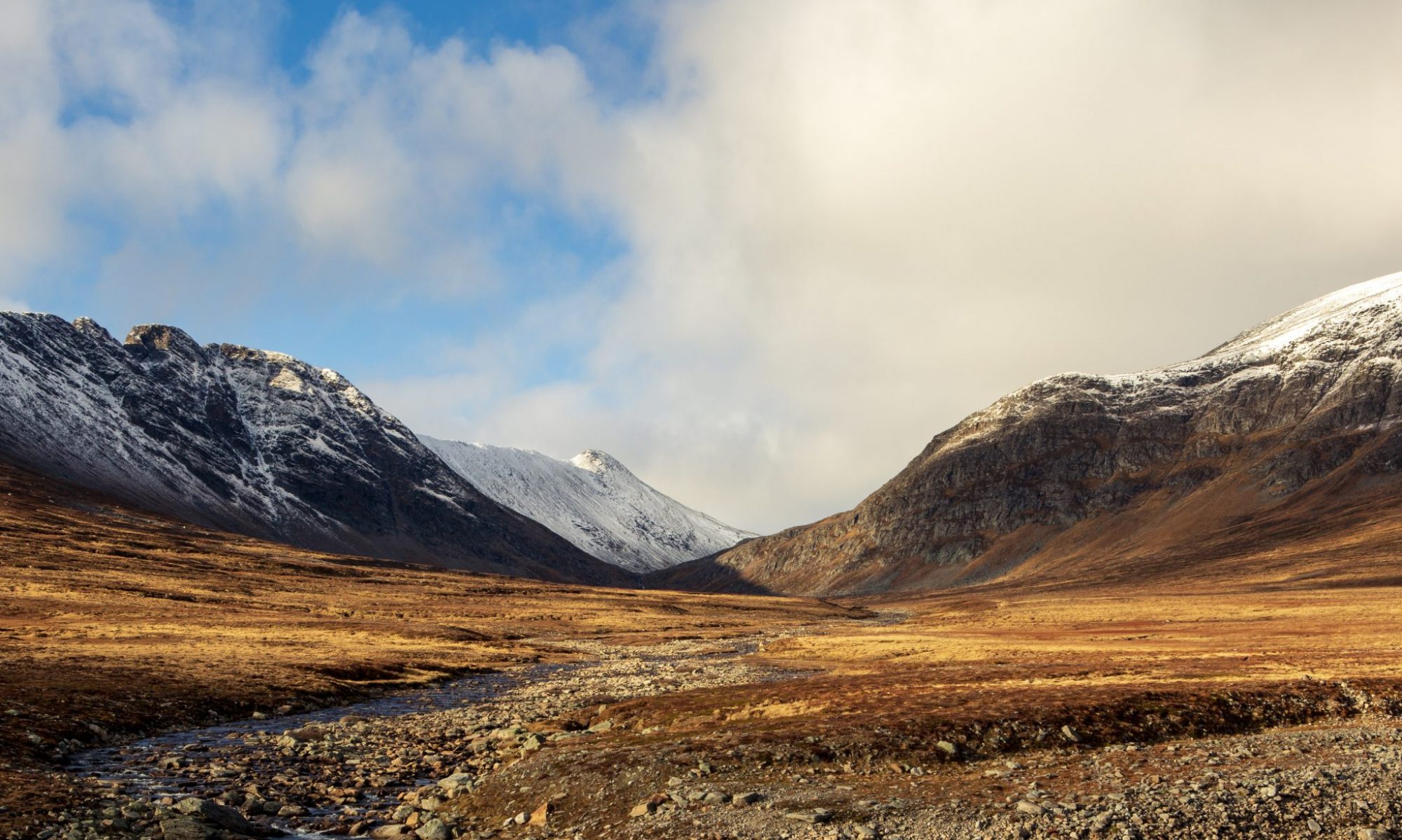Most cameras have a feature called Histogram. The histogram represents the light intensity available in the scene and will give an indicator if some elements is too bright or dark. Watch this weeks video to get familiar with the topic
Rule of thirds
The rule of thirds is one of the first subjects you will meet when you search for photography tips and ways to improve. In this weeks episode I’m presenting the rule of thirds.
Aperture
The aperture is one of three parts in the exposure value equation. In this week’s video I present it a bit more.
Since my YouTube channel is quite new every follower counts. So if you would like to see more videos please subscribe and vote. If there are particular subjects you would like presented then fell free to leave a comment as well.
Starting with photography?
Have you been thinking of becoming a photographer? After years with a camera (or more) I’ll try to share my perspective and give you some advice on how to begin.
The no cost start
I have two, potentially, expensive hobbies. One is biking the other is photography. I call them both hobbies because I don’t earn enough to be a professional in neither. The one thing that annoys me the most is the fact that people for some reason needs to spend a months income just to try out a new hobby. I believe that the more you spend on figuring out if a hobby is worth doing, the harder it is to admit that it’s not. You kind of force yourself to like biking if you spend €5,000 on a bike. And the same goes with the camera.
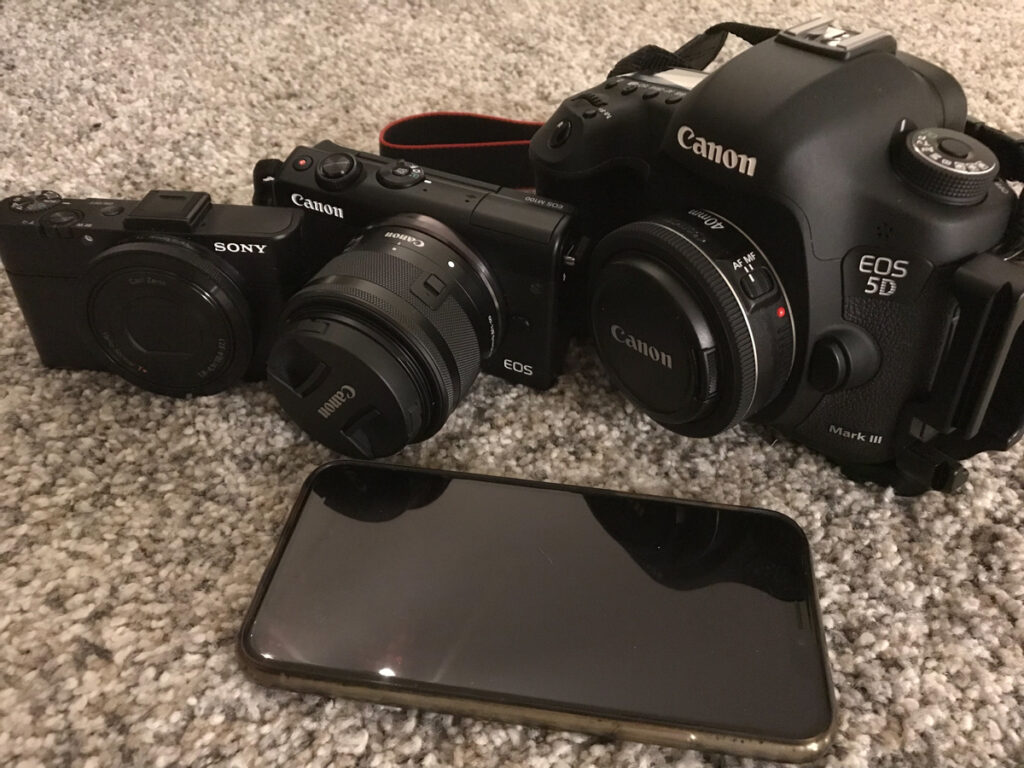
This is why I’d recommend a no cost start. The only thing you’ll need is a camera of some sort and most smart phones today have an acceptable camera. An other option is to borrow a camera from a friend. At no cost, there is nothing at stake. Go for a walk. See if you can find anything you like to photograph. Maybe join a friend who already do photography for some tips and inspiration.
And don’t think that that one trip to the local woods is enough to determine if you will go on with your photographic carrier. Give it a month or two.
Kicking it up a notch
So you’re still out taking pictures and have figured out that you’ll upgrade from your phone to something that will give you better results? Still I’d recommend you to keep the cost low. The lower the stakes the better are the results. If you start searching for information you will find a load of forums recommending different camera equipment that you MUST have but the fact is that you really don’t need anything for a good start (remember your phone). All modern cameras today will yield acceptable results. It’s mostly about personal preference.
If you have the possibility to visit a local store hold the cameras you should do so. How the camera feels in your hand is totally different from a reviewer’s opinion on a Youtube video. Dials and knobs have to be placed so that you feel that you can reach them. And since a modern camera is more or less like a computer, you need to be comfortable with all those menus and how they work.
When you have decided on brand based on these tests I’d recommend you to buy a entry level kit with interchangeable lens. Today one normally talk about Digital Single Lens Reflex (DSLR) or Mirrorless camera. There is pros and cons for both systems. As a starter you will be fine with both. Again it is a personal preference, but it seems like most camera brands have their focus on the Mirrorless cameras these days.
If you haven’t already you will find out that there is something called crop factor. And there is a load of discussions on forums on the topic. Basically the old 35mm film has the definition of a full frame sensor in the digital world. Meaning that a full frame sensor is 36x24mm. If a sensor smaller then it has a crop factor higher that 1. So a APS-C that is 23.6×15.7mm will be 1.525 times smaller than a full frame and therefore has the definition of beeing a 1.53 crop factor.
You will find professionals using both full frame and crop factor cameras. Crop factor cameras are often smaller and lighter. Same goes with lenses. Crop factor gear is often priced lower as well.
So my general recommendation is to get a entry level mirrorless kit. In this segment there is a handful alternatives.
Exposure value
In the early days I read all the technical stuff I could find about photography, but it didn’t really make me a better photographer. So my general advice is to go out there and try and fail. One day you will succeed.
I still do recommend that you go home and analyze your efforts and try to understand why your results aren’t as you expected. Understanding how composition work is not an easily learned subject, but understanding the technical result of your photo can be thought because it’s a technical answer.
So let me try to explain this in a simple manner. All cameras behave the same. Some might not have the possibility to adjust all parameters, but they do the same behind the scenes. To capture an image the camera will evaluate something called Exposure Value or EV for short. This is the amount of light reflected/emitted from the objects you want to make an image of. Now the camera does an equation of three (3) parameters. The time (T) one should spend taking the image, the amount of light (A) one should let trough during that time and the sensitivity (ISO) of the sensor.
The relationship between the four (EV, T, A and ISO) can be written as a formula. You don’t walk around thinking of formulas when you capture a beautiful scenery, or at least I don’t. So let me present a figure for you instead.
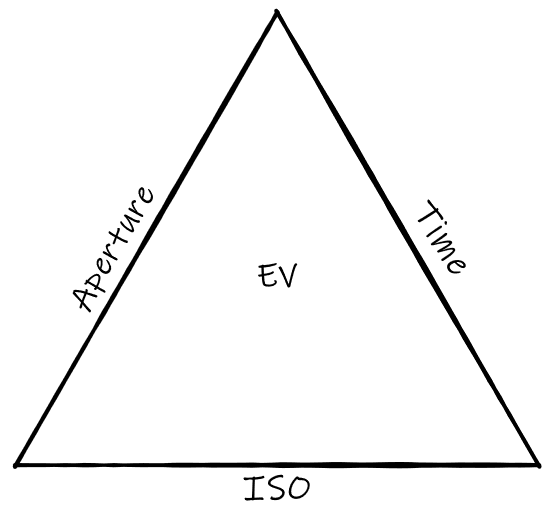
By this simplified figure one can state that, given a defined EV, one need to adjust either Aperture (amount of light that is presented to the image sensor) or Time if one wants to do an adjustment of the ISO (Sensitivity of the image sensor).
In full auto mode the camera will make an effort to adjust these parameters based on given rules. If you choose manual mode you will need to handle all these parameters yourself. So why do you really want to do this if the camera can do it? Let me explain that for you as well.
Aperture
If you look into the front glass of your camera you might see several blades going into each other. In the middle you will see a hole. The diameter of this hole is adjusted up and down according to the selected aperture number. This value is often presented as a f-number. F-number is a relation between focal length and aperture. Let’s just use this f-number for now since that is what the camera will show you. As the f-number grows the aperture diameter get smaller, resulting in less light getting to your sensor. So as the f-number grows the scenery goes darker.
But there is second effect of the aperture. As the f-number grows the depth of field also grows. Now what is depth of field (DOF) you might ask yourself. If you want a portrait with a nice blury background you want a shallow depth of field. If you have a fantastic landscape with a foreground tree and a beautiful mountain behind it, you will want both to be pin sharp. Then you want a deep depth of field (big f-number).
Time
Now time is a safe one right? Not necessarily I’d say. Time is often measured in seconds on a camera. Some talk about minutes, but this is for special occasions. So lets keep to seconds for now. The more time you spend exposing your image the more light will be presented to your sensor. What you seldom think of is how far an object will move during a second. And also how much your hands will move (shake) during a second.
With some practice you will be able to handheld your camera at about 1/[focal length] second rounded down. Say you have a 50mm on a full format camera, you will be able to handheld 1/50s which will be rounded down to 1/60s. If you concentrate you might be able to get good images at 1/30s.
Now over to your image. How far will your object move during 1/60s. A car moving at 90km/t translates to 25m/s. During that 1/60s the car has moved 42cm. This will lead to a nice and crisp image except for the car witch has motion blur. Of course this can be done by intention, but you should know the effect of a slow shutter speed (time).
ISO
The final parameter is the ISO or sensor sensitivity. Basically the higher the number the more sensitive will the sensor be. The negative side is that the more sensitive the sensor is, the harder it will be to be accurate. This introduces noise in your final image.
This can easily be illustrated with two buckets and a glass. If you fill one bucket with water and pour that water over to the other bucket it’s quite easy to stop at a certain height in that big bucket. If you take the same bucket at try to stop at a certain height in a glass, you will most certainly go over or under the line. The big bucket is a sensor at low sensitivity (small ISO number) and the glass is a sensor at high sensitivity (big ISO number). The deviation between the height in the glass and in the bucket will be visualized as noise.
Summary
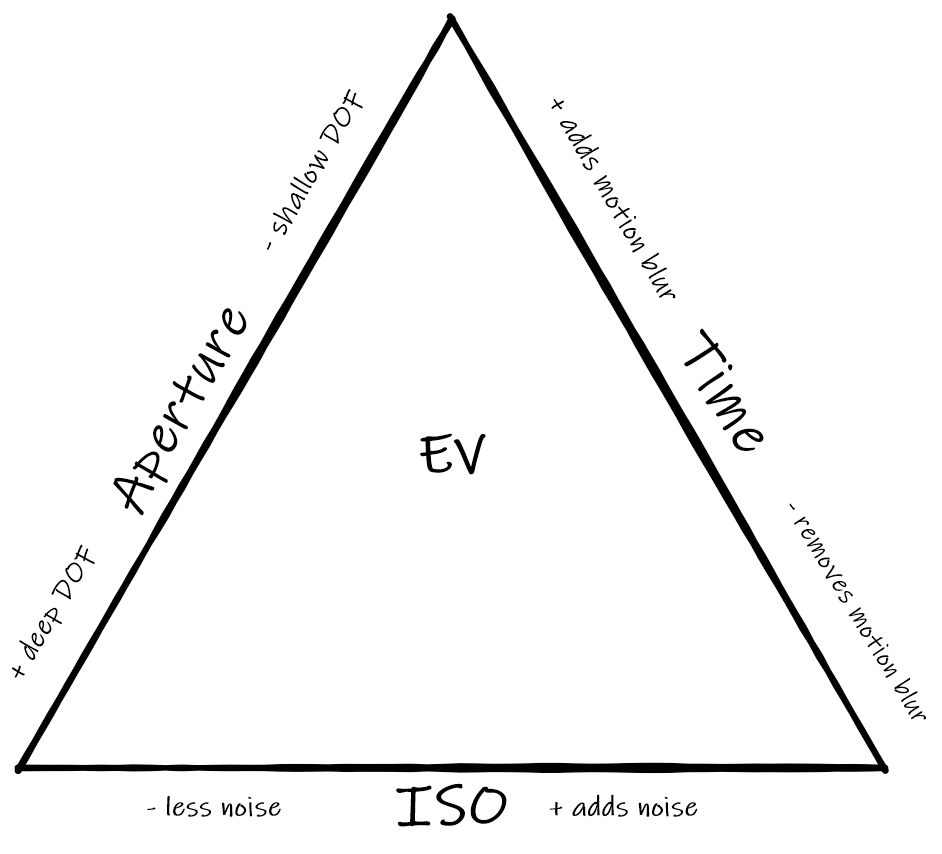
So let’s try this in normal day light. The Exposure Value is at a level that can leave the ISO to a standard 100 or maybe even a extended low value at 50. The Aperture (f-number) can be placed at maybe f/8 and the time at 1/200s. This means that any camera can operate at it’s best. Even the mobile phone camera gives acceptable results. A camera set to automatic mode will give you good quality images in most cases.
Now let’s imagine another situation. You’re out during the twilight to capture some wild animals. The light conditions are totally different. The Exposure Value will be quite low. You have your long focal length lens with you to capture those shy animals. It might be a 300mm or 400mm lens. Handheld you will need about 1/300s, so maybe you are lucky if you get a good shot at 1/200s. The lens has a f/5.6 at minimum meaning that you have to sacrifice something. Either time has to go up or ISO has to go up. You either introduce motion blur (you are moving the camera while capturing the image or the animal will move) or you add noise.
Most cameras will struggle with this in automatic mode. This is actually outside the comfort zone of the camera. The camera is programmet to reduce speed and f-number down to a certain level and then start rising the ISO number. With manual mode you’re able to do some tweaking of these parameters and the amount of acceptable images might go up. Here is where you should be in control of all those parameters yourself.
A final note to camera gear is that an expensive camera body will add less noise on higher ISO-numbers. An expensive lens will have smaller f-numbers that allows more light to get to your image sensor. This does not mean that you need to spend a fortune on new gear, but now that you know your gear limitations you can go out there and push it to its limits and see what you have to deal with.
Good luck!
Bringing the camera
One of my favorite activities, in addition to photography, is bicycling. Singel track and real mountain biking is my favorite. There is something about the big vistas and the majestic mountains in Norway that really calms the mind. Or just grab the bike and ride the local tracks for an hour or so. (More about my biking can be found at sykkelhjulet.no)
I’ve always had a camera with me. But that camera often was my mobile phone. In the right conditions it is a good camera as well, but not always. This season I’ve had my small mirrorless Canon M100 with me as well. And it has already proven itself usefull.
My advice for you this time is to always bring your camera.
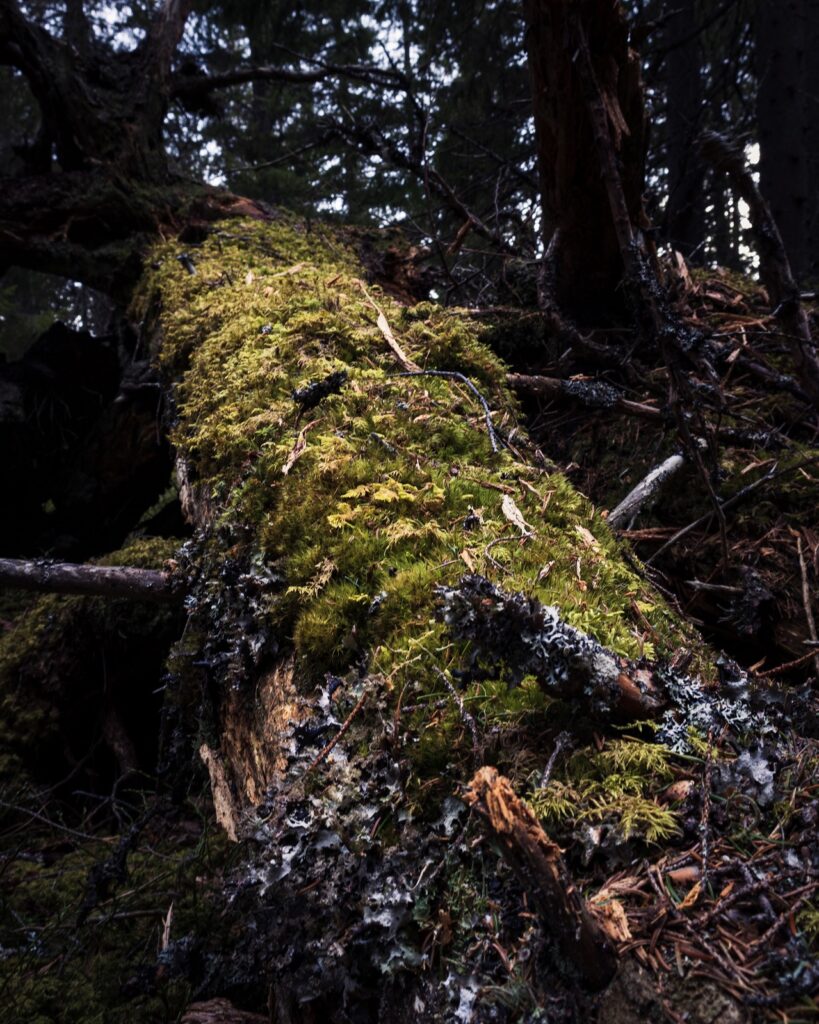
Five common mistakes
Every now and then I surf the web looking for inspiration and where ever I look I find images that would be very beautiful if it weren’t for that quite obvious mistake.
I do make a lot of them myself and most often I see them during post processing and maybe i manage to get rid of the problem. If not, I’m not going public with that picture.
So let me dig into the details and tell you the most common mistakes done.
Incomplete central objects
This is one of those mistakes I did more frequently, but now a days I’m more aware of it. I often see images with chopped of mountain peaks, half buildings, arms or foots entering the frame from the edges or branches entering the frame mid air. This mistake can be used intentionally as an illusion, but you should really be aware of your edges and give objects enough room.

Non-leveled image
Not leveling the image is one of the mistakes that really destroys an image. It is also one of the intentional mistakes that can extend objects otherwise blended into the image. It is one of the rules that you should really be aware of before you break or bend it.
It is easiest seen in images where the horizon is present. Seeing a beautiful sunset where the ocean is not leveled is horrible. Leveling a non-leveled tree and then rendering other elements non-leveled can be just as bad.
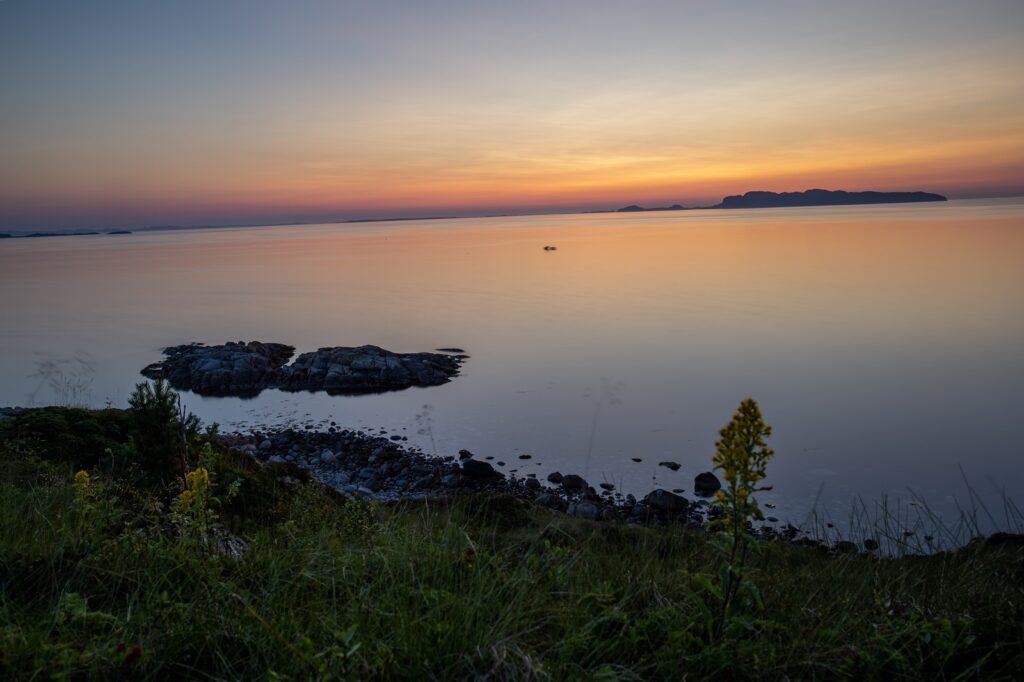
So my suggestion is that you pay attention to your cameras internal leveling tools or use your tripods bubble level. Once you know how to level your images you will also see that you can emphasize objects by bending this rule. A quite steep hill might become even steeper if you tilt the camera just a little.
Out of focus image
A out of focus image is one of those mistakes you cannot fully heal in post process. So paying attention to focus and where the camera is setting focus is critical. One of the main camera parameters is the aperture. The aperture number, often presented as a f-number, will tell you what area in your frame that would be sharp.
Common objects that end up not being sharp is foreground objects like flowers, grass and straws. A colorful flower out of focus will draw a lot of attention in the wrong direction in your image. In portraits eyes should always be in focus. Too wide aperture (small f-number) will render the portraits nose out of focus. Choosing another mode than auto on the camera will reveal the possibility of selecting focus points manually. Selecting the focus point where you would like the image to be at its sharpest is recommended.
Focus and camera technologies are two topics that you will find a lot of information on. There is a handful of approaches on how you will get images acceptably sharp. My advice is to know your camera and know what you would like to be in focus when you frame your image. When you get an out of focus image, analyze what happened and try to correct your mistake the next time you frame your image.
Post process exaggeration
When the digital cameras became common the, almost magical, art of post processing became more available too. Even your smartphone have tools for post processing. Enhancing some elements in your images makes them even better. There might be a color that should be saturated a bit or maybe the image would look better when slightly sharpened.
Some tend to go crazy here. Over saturation and heavily contrasted images will never look good. When you push those post processing sliders a bit over the edge, unwanted effects like halos will appear.
So learn to post process your images and ask for second opinions.

The image above might look OK the first time you see it, but have a look at de details. The little waterfall to the right has a yellow glow to it. The moss to the left of the main waterfall has some strange droplet looking effect on them. This is a typical sign of post process exaggeration.
Signature craziness
And then your master piece is done. Of course you would like to keep it for your self, but still present it to the world. The one thing most people do is to add a signature to the image. And placing a signature can actually give a professional final result.
But adding a massive signature or even watermarking the whole image with your signature will not give that professional result you’re looking for. It will draw too much attention and distract the viewer. Adding objects like a camera or elements that does not exclusively present you for who you are will not work either.
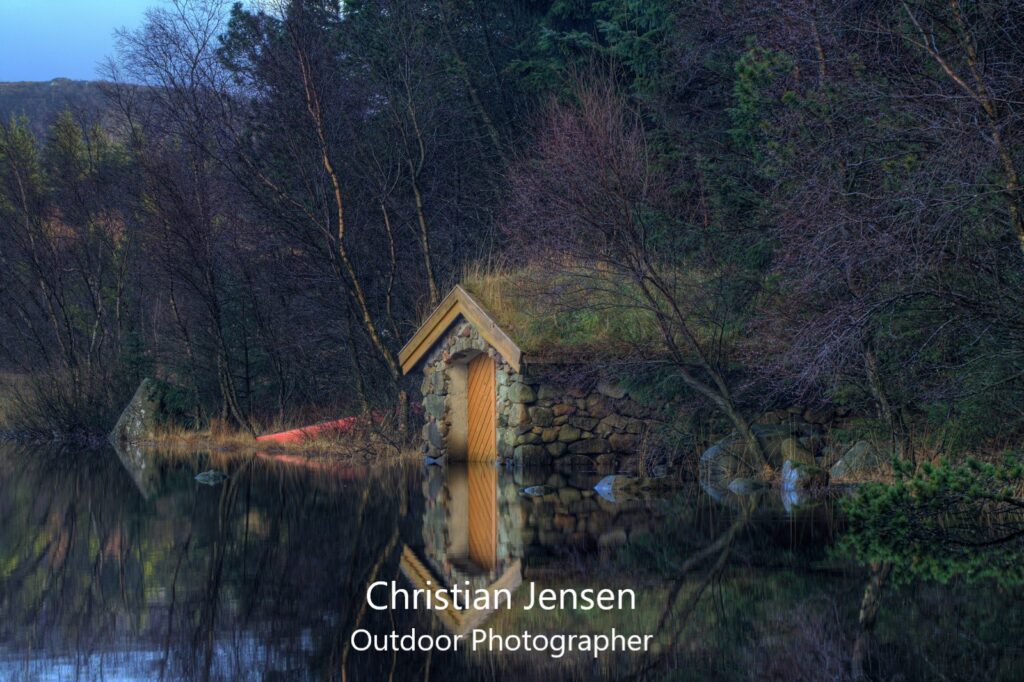
Create yourself a unique looking simple signature and add this to all your images. The size should not be more than 10% of the width and height of the image. If you are afraid that others might use your image, then scale it down before you upload it to the web. Longest edge of 1024 pixels will be acceptable for on screen presentation but almost unusable for printing.
Of course you might have done one or more of the above intentionally, but you should really know the rules before you break them.
Now go out there and get those images 🙂
Framing that snowy landscape
Have you ever been photographing snowy landscapes just to realize that your camera made a blue gray looking out of focus image?
The camera operates with something called while balance and there is your first problem. The camera does a best guess when it comes to picking the color temperature.
Moving away from AWB (Auto White Balance) and over to a more representative choice could solve your first problem. A much better choice would be to also shoot in raw. Raw makes it possible to adjust the white balance in post processing. I’m always shooting Raw. The single reason is to keep all the colors.
By keeping more of those colors you will also be able to reveal some more details in under/over exposed images. That often happen because the snow will reflect light and confuse your light meter.
The next issue is the out of focus problem. There might be condensation on your lens so check that when you are out photographing.
The other, and more common, issue is contrast. The camera needs contrast objects to detect focus. So find your self a color change in your image to help that autofocus.
If you are using the camera on a tripod then use your live view and focus with manual focus and magnification. The process takes a bit longer but done properly the results are always better.
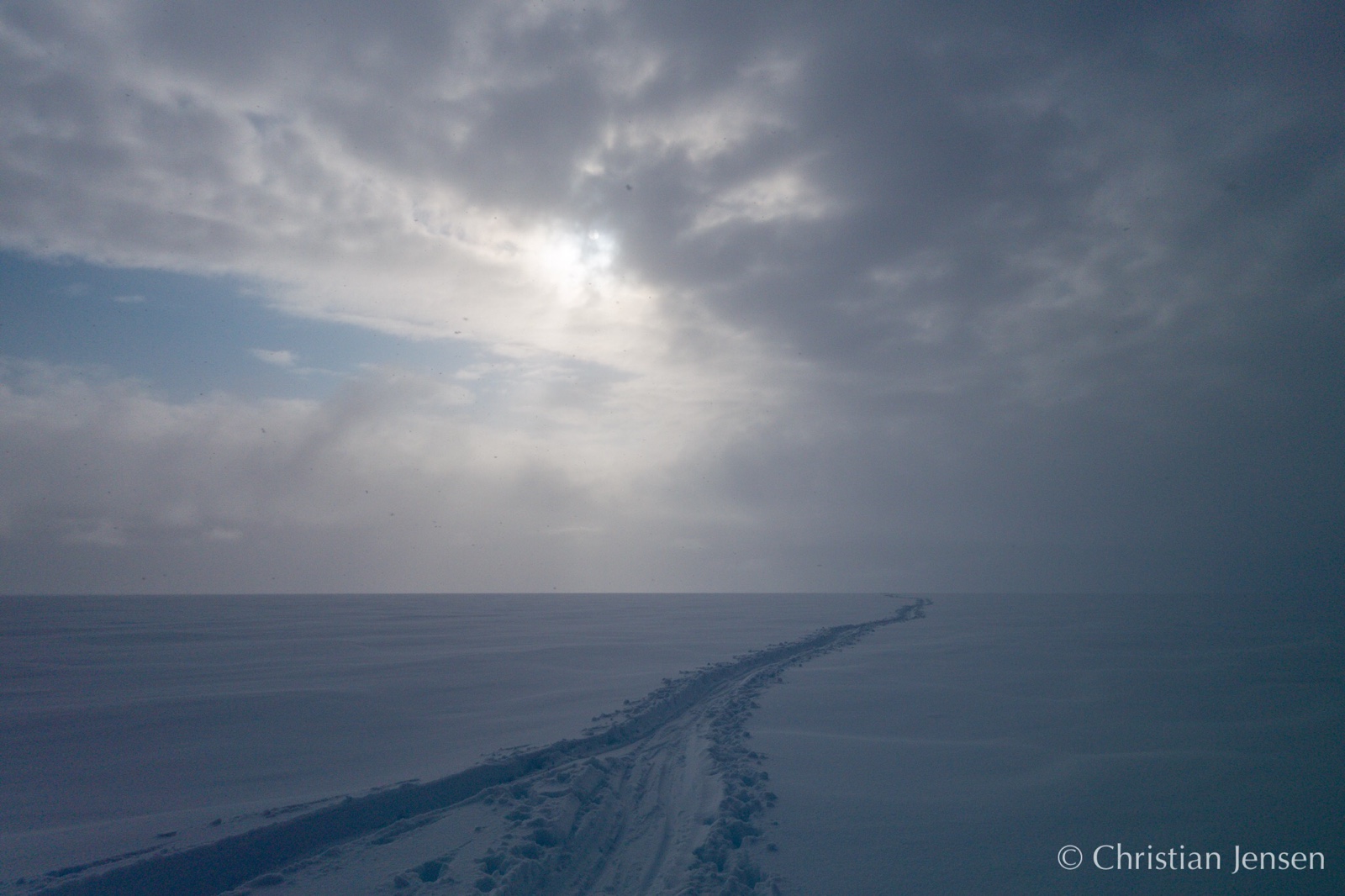
Photographers best friend

Teddy has soon reached 11 years of age. He has been with me on many of my journeys. When capturing beautiful landscapes, your pet might be what you need to get your subject in the foreground.
When I’m trying to frame a landscape, one of my tasks is to have something that your eyes can rest on while observing my picture. There are a lot of tools to help you out here. You might have heard others talking about “Rule of thirds” or “Golden ratio”. If you’re a Lightroom user you have those tools in the cropping tool already. Once you start to get familiar with there tools you will start using them without thinking of it.
And there are a lot of rules, but the most important thing is to try and learn while you do so. Being a theoretically good photographer does not help you out if you can’t translate theory into practice.
When you introduce leading lines you guide the observer through your image. And while the observer moves around it is often good to have something to stop or come back to. That might be anything, but I tend to use Teddy or maybe something more static like a separated tree.
Do you have any special objects that you place in your frame every now and then?
Remember your batteries
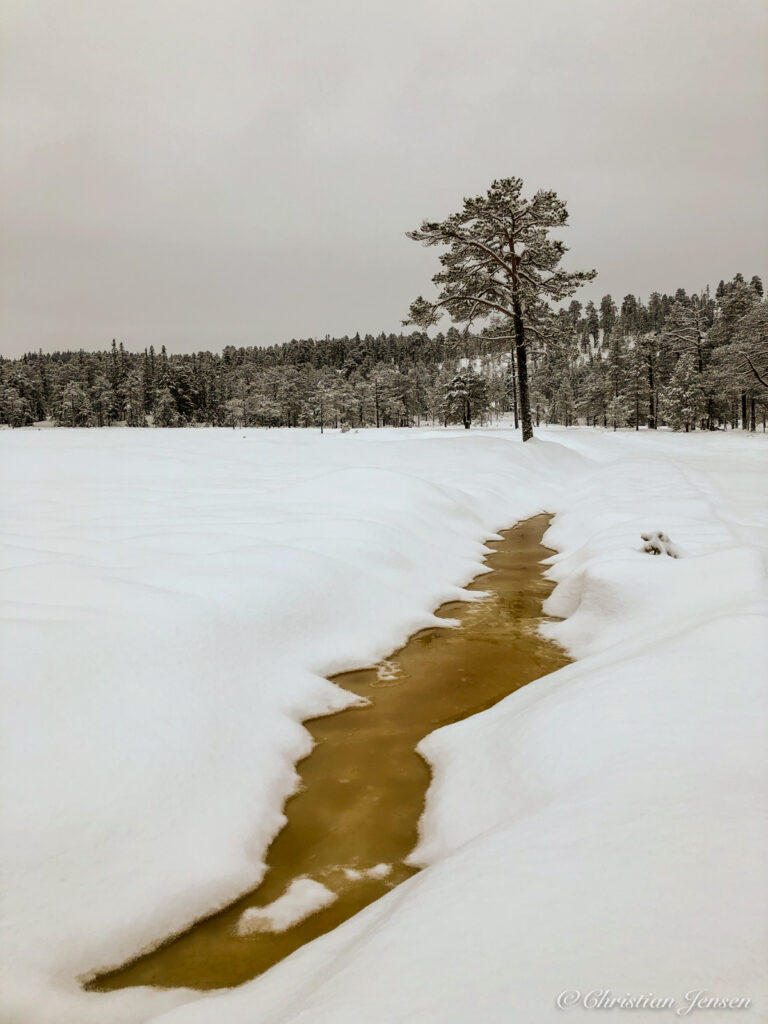
You might wonder what a picture of a snowy surface with a stripe of brown water has to do with the title “Remember your batteries”, well the story is quite simple and you will soon find out.
Continue reading “Remember your batteries”